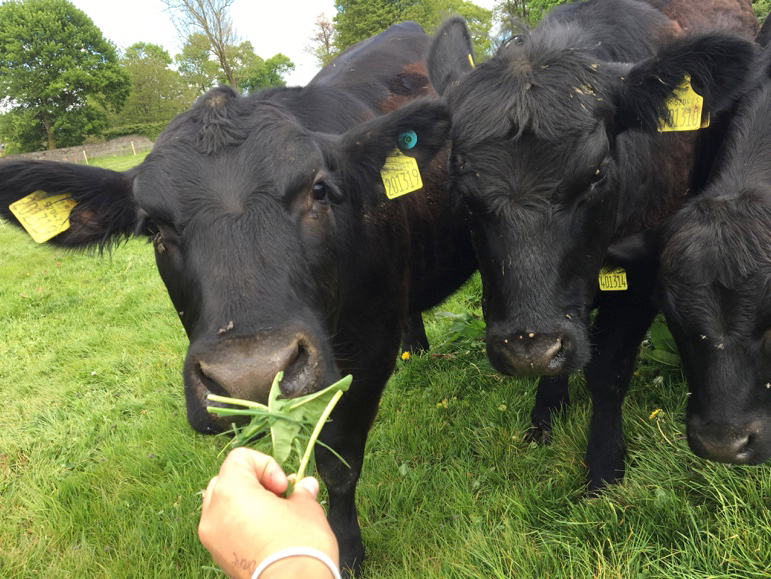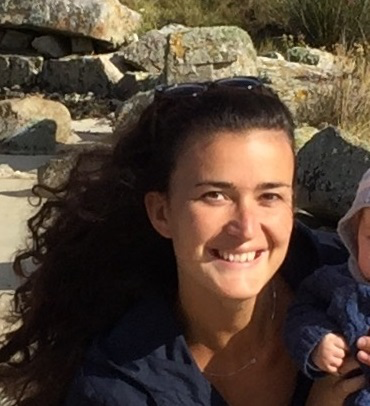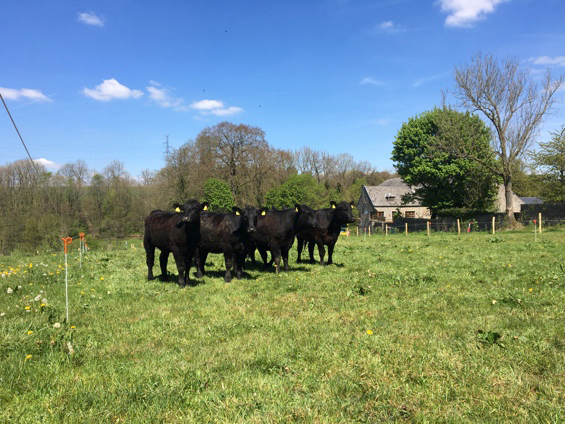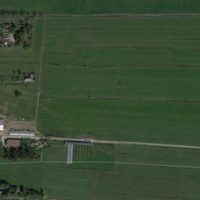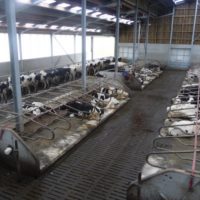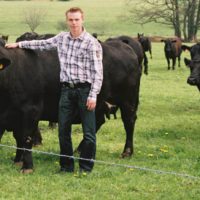Description
The innovation is holistic. It concerns the whole production, processing and marketing system. The farm system is in transition towards agroecology. It is registered as organic. Annual crops are integrated with livestock farming. Highly productive legume-‐based temporary grasslands are essential components of the crop rotation. They fix nitrogen for the subsequent crops, control weeds, increase soil fertility and improve soil life and structure. Ruminants are necessary in the system for using this forage and for increasing income. The cattle breed, Aberdeen Angus, has been chosen notably for its great ability to use grass and for its meat quality. Permanent grasslands are grazed according to a rotational stocking system characterized by short occupation periods (1 to 3 days) and long rest periods (40-‐45 days in summer). They are dominated by a grass/white clover mixture. Temporary grasslands are sown with two mixtures: red clover/cocksfoot or lucerne/cocksfoot. They are mainly cut for making silage and when possible hay.
The objective is to decrease production costs by reducing dramatically the use of commercial inputs and work power, improving the effects on the environment and consumers’ health by phasing the use of pesticides and producing tasty meat. Cattle are only fed on grass during the grazing and housing periods. They do not receive concentrate feed. Young animals are thus fattened on grass only. This allows reducing costs. The grazing period is extended by grazing temporary grasslands in spring (about 2 weeks) and in autumn (about one to two months). This reduces costs too by limiting winter feeding by conserved forages. Beef meat will be sold in short marketing chain. Work power is reduced since winter feeding is limited in time and very simplified.
Farm description
Environment
- Sol type: Clayey-loam (variable)
- Climate: Temperate continental
- Altitude: 280 m asl
- Slope: 3 %
Grassland management
- Grazing : Yes
- Grazing management type: rotational (short periods of stay, long periods of rest)
- Mainly silage and some hay
- Half of the grassland area is exclusively grazed, one third is mixed-used
- Exclusively mown temporary grasslands are cut four time a year
Structure
- Annual Work Unit: 0.5
- Agricultural Area: 34 ha UAA
- Permanent grassland area: 20 ha
- Temporary grassland area: 6 ha
- Annual crop area: 8 ha
- Breed: Angus (cattle)
- Stocking rate: 1.5 LU per ha of grassland area
Why it is working
The system is working because it is changing in a coherent and holistic way. It is very simple and characterized by low production costs. Meat quality is high. The market for this kind of meat is expanding. The system is experimental and thus adaptable from one year to another.
